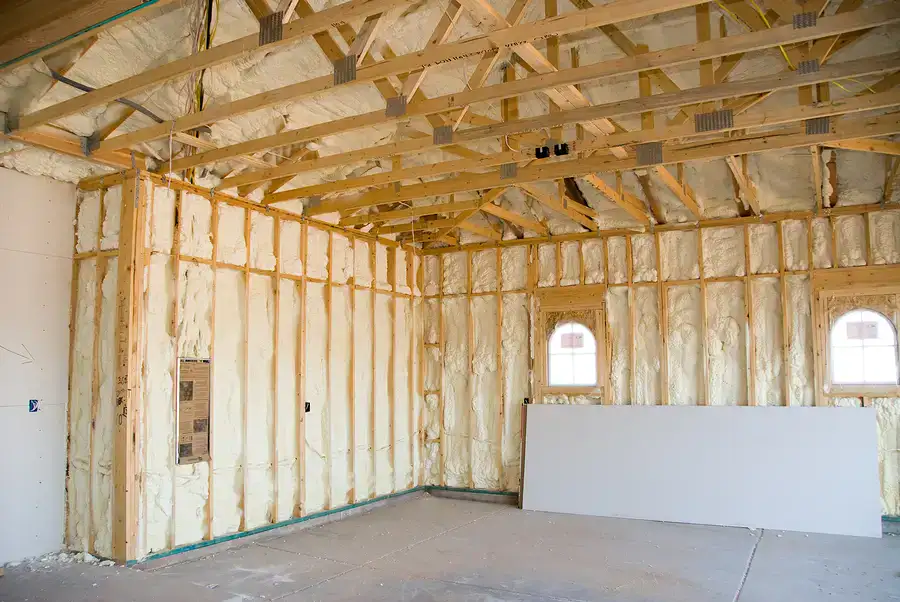Are you looking for information on faced vs unfaced insulation? Worried about improving the insulation of your home? If you cannot decide which of these two options, then this article is for you. To make the decision, you must know the major differences between them. However, homes always require insulation to maintain the flow of heat to the walls and ceilings. For example, it keeps the indoor warm in winter and cold in summer weather.
Well, some Insulation helps to reduce noise so that you do not hear anything from the outside. Some prevent moisture, so there are a lot of differences that you must know to choose the right one. As an investor or property owner, you must know how it will cost you? For that, you can hire experts for insulation cost estimation and get a detailed cost breakdown of insulation and its materials. Let’s not delay and discuss faced vs unfaced insulation.
DIG IN TO EXPLORE THE KEY POINTS TO KNOW ABOUT THE MAJOR DIFFERENCE BETWEEN FACED VS UNFACED INSULATION AND CHOOSE THE MOST SUITABLE ONE FOR YOUR HOME!
Faced Vs Unfaced Insulation
Faced Insulation
Faced insulation is a type of fiberglass insulation that consists of a vapor retarder. It is a special material that slows the process of moisture vapor. However, this type of insulation is a must for moisture or condensation areas. For example, you can consider attics or walls near bathrooms or kitchens.
Plus, a vapor retarder traps the moisture in the walls and ceilings. So, if you require such a type of insulation for your home, then go for it and make your home the most comfy space.
There is another component, known as facing material, which is attached to one side of the insulation. However, its main function is “vapor barrier or retarder”. Let us show you the names of materials included:
- Kraft paper
- Foil
- Vinyl
- Polythylene
Hence, the goal is to control the moisture and improve the insulation performance. Well, Kraft paper is typically used in fiberglass batt insulation. On the other hand, foil is often used in rigid foam board insulation.
Benefits of Faced Insulation
- The best thing about faced insulation is that it reduces moisture buildup.
- The indoor temperature is controlled.
- It has flanges for stapling, making installation quicker.
- Some of them also offer fire resistance for extra protection.
- Stop mould and mildew growth.
- If it is tightly sealed, then it helps better in reducing air infiltration.
Unfaced Insulation
Contrary, Unfaced insulation does not contain a vapor retarder attached to it. This type of insulation is commonly used in properties where moisture is not the main issue. Let’s take an example of basements or crawl spaces.
Well, it is not as expensive as compared to face insulation, but it still provides good thermal protection for your buildings.
However, before installing an unfaced installation, you must know where you are going to install it. If moisture is not the issue, then this type of insulation is best to install! Additionally, it does not have any facing material attached to it. So, its level of offering moisture control is lower than the faced insulation. But it is affordable and easier to install in homes.
Which one should you choose?
However, in the United States, various places have no moisture, but a lot of areas do have moisture. So, choosing between one of them depends on the location and specific applications.
Use faced insulation when you require insulation for an exterior wall, attic, or crawl space. In short, when you need insulation to control the moisture in your properties.
On the other hand, use unfaced insulation when you are adding a second layer of insulation, such as in attics. Mostly, it is used in interior walls, multi-layer insulation, or places where a vapor barrier is already present.
What is the role of a Professional Thermal Moisture Estimator in installing insulation?
A professional thermal moisture estimator helps contractors, property owners, and builders to install the right type of insulation within budget. They provide a detailed cost breakdown of labor and materials, which prevents budget overruns!
So, why not trust a reliable estimator for your insulation needs?
CHOOSE THE RIGHT MATERIALS AND INSULATION TYPE FOR YOUR PROJECT, AND CONTACT OUR ESTIMATORS TO GET THE EXACT AMOUNT REQUIRED FOR INSTALLATION!
Conclusion
Hopefully, now you understand faced vs unfaced insulation and can determine your needs. The most crucial factor is the climate factor and the location of your property. Plus, do not forget to check building codes because they show whether you can install faced insulation or not. In short, to save your expenses, it is important to rely on an experienced estimating firm.

